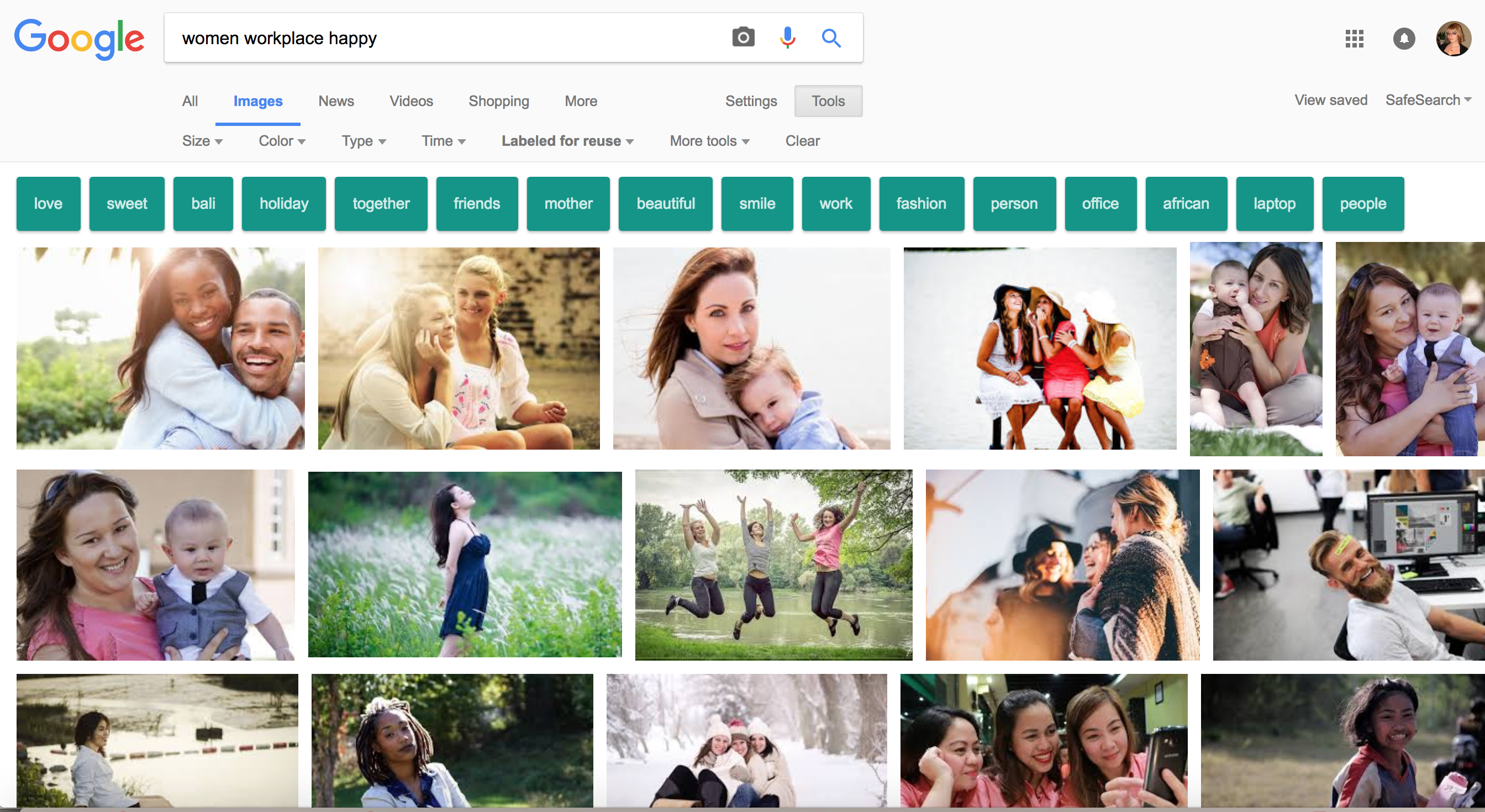Anyone who has spent enough time in conversation with me will know that the topic I’m most likely to get vocal on, is the subject of equality and diversity in the workplace. As a woman who has spent many years working at the cross-section between the financial services and technology, sitting in the centre of a Venn diagram of two very male-dominated industries, this a topic very close to my heart. Any good conversation on this topic will soon turn to ‘how do we solve it?’, and inevitably Sheryl Sandberg’s ‘Lean In’ methodology is brought up. In this post I want to explain why the Lean In approach has always troubled me and why I think there are better ways to address gender inequality (as well as other inequalities in the corporate world).
First off, let me make clear that I have huge amounts of respect for Sheryl Sandberg; she is a talented, hard-working, successful woman, who is a fantastic role model for all the girls and women looking for someone they can relate to in a senior position. She has dedicated an amazing amount of time and energy to furthering the cause of equality in the workplace, and I know many women who have found Lean In incredibly helpful for their careers and enjoyed the support of their circles. It’s not that I think Lean In is a bad solution, I just think it solves the wrong problem.
The question Sandberg answers is: “How can women get further in the male-centric corporate world?” And for that, Lean In is a good answer, but this is the wrong question.
The question should be: “How can the corporate world evolve, put aside its biases, and become more diverse in order to become stronger and more sustainable?”
Corporate ideology and culture has barely changed since it began. Sure, there have been numerous different management fads, and companies have put on grand schemes to increase diversity, be kinder to employees, support the environment, etc, etc. But down at the heart of things, corporate culture has not changed substantially, and it is still driven by more stereotypically male-oriented values like growth, competition and the bottom-line. I’m sure plenty of you reading that will cry out, “of course it’s about growth and the bottom-line! It’s business, you naïve woman!” But does it have to be? What’s wrong with mutually-co-operative large organisations that value impact over profits? What’s wrong with building a sustainable company which provides enriching jobs for hundreds of people and doesn’t want to dilute that quality of work by making it thousands?
We’ve seen over the past decade just how damaging our traditional corporate culture can be. The greedy, competitive, short-termist attitude of the investment banks that sits at the heart of the financial collapse. And before that, the devastating loss of jobs as work was off-shored in the quest for ever-lower operating costs and ever-increasing margins. That is not a culture I want to Lean In to.
But I don’t want to beat up on corporates. I’ve had a very rewarding career in the corporate sector, and I see how hard companies do try to meet their diversity guidelines. But this is another part of the problem; the fact that we’ve managed to label the fight for diversity as some sort of charitable action. These schemes always feel like they are part of the ubiquitous CSR (Corporate Social Responsibility) activities, along with charity work and green initiatives. Corporates, this is not why you need to increase your diversity. You need to increase diversity because it will make your company stronger, more sustainable and able to target more diverse customer segments. It’s not charity, it’s business.
A quick Google search will bring up an enormous list of articles summarising studies which showed that greater diversity improves the bottom line. Here are just the first few off the list:
FT: Female leaders boost the bottom line
Forbes: Why Diversity Is Good for Your Bottom Line
MIT News: Study: Workplace diversity can help the bottom line
And this is why I think that asking women to ‘Lean In’ is flawed. We need to recognise that women are valuable. Not just as equivalents to men, but in their own way, with their own traits. Stereotypically ‘female’ traits, like being caring and emotional, tend to be viewed as incompatible with the tough, competitive world of business. We need to flip this and see that ‘female’ behaviours will in fact improve business culture; round it out and make it more adaptable, more nuanced and less rigid.
And so, I would argue that the answer is for companies to lean out, not for women to lean in. Corporations recognising the true value of women should be taking a serious look at their hiring processes and their working culture to figure out why they aren’t attracting women. Instead of shifting responsibility back onto the women by saying ‘they just need to be more assertive’ or ‘women don’t put themselves forward the same way men do’. A common one I hear, is that women only put themselves forward for roles they feel truly qualified for, while men will go for roles way above their qualifications. I cannot for the life of me understand how this is twisted into women being in the wrong here. Those silly women, wanting to be good at their jobs and not waste employers’ time.
The female population spent centuries, millennia even, being oppressed, kept down and out of the workforce. And yet somehow, gender equality in the workplace has been spun into being the women’s fault. We live in a culture which continues to portray women and girls in stereotyped ways and then we criticise women for not breaking free of these stereotypes. It’s like America having a culture of fast food and gigantic portions and then criticising people for getting overweight. Of course women need to take some responsibility and be part of the solution, but we didn’t cause the problem and it is not just our responsibility.
So please, I am asking all the corporations out there to step up and accept their responsibility. There are simple steps, like looking at the language used in your role postings. There are even free websites online that will ‘gender decode’ it for you and tell you if you have a male bias you hadn’t realised. And then there is a deeper debate about rethinking existing recruitment and promotion processes; they were designed in a man’s world, are they suitable for a diverse one? Lean Out, and make space for new values. Lean Out, and accept where changes need to be made. And Lean Out, because it is just good business.
Postscript: In my attempts to find a title picture for this article, I went to Google and discovered that getting a royalty-free picture of happy women in an office environment is a tougher ask than I’d expected. I suppose I should be happy that my Google search has dovetailed nicely into my point…
Search 1: ‘Women Workplace Happy’ gave me no women in workplaces, just a lot of happy women not in offices, often holding babies. Oh, and one nice picture of a happy man in an office.

Search 2: ‘Women Happy In Office’ gave me zero groups of women (only one lady per office please!), several miserable women in offices (who cheer up when taking selfies), many pictures of a busty lady waving a credit card, and one not particularly happy dude standing on a street (Google, you might want to fine-tune your algorithms).

